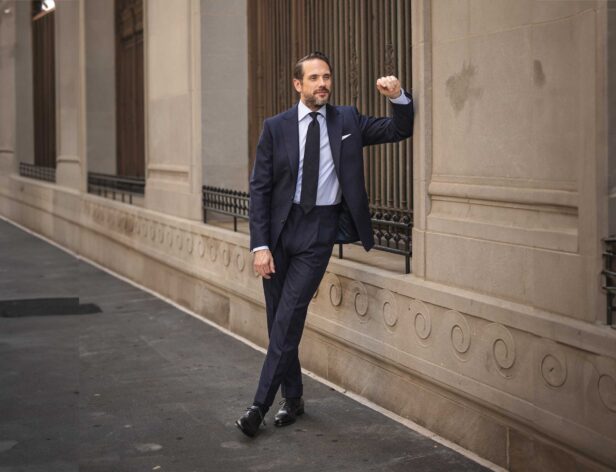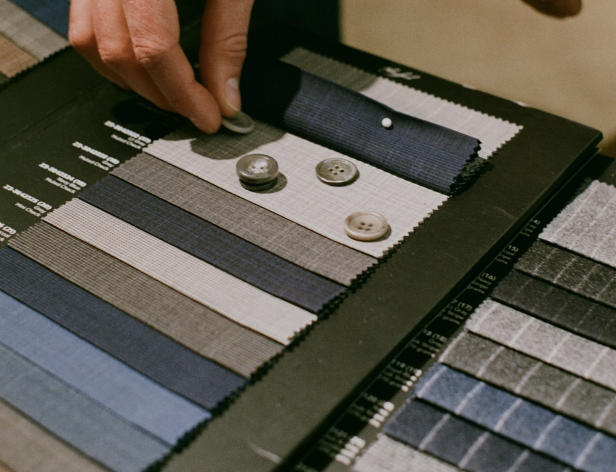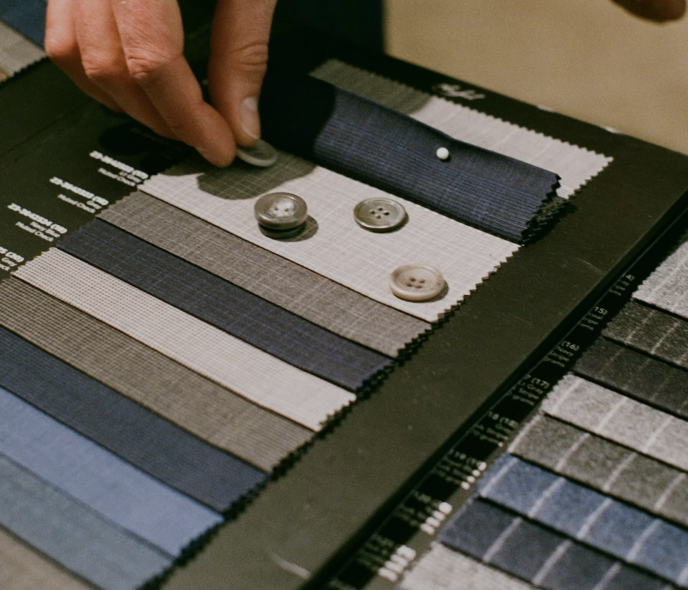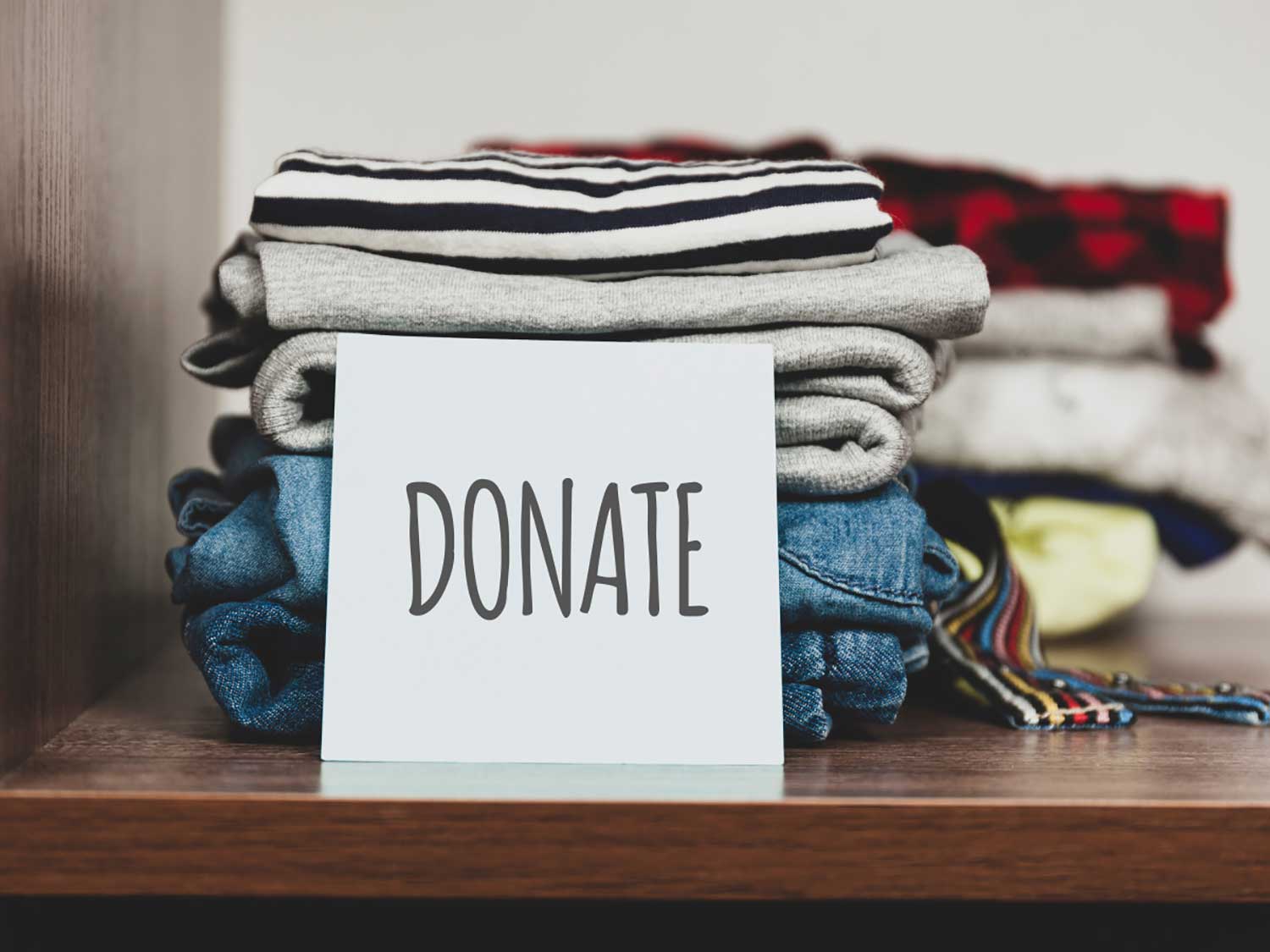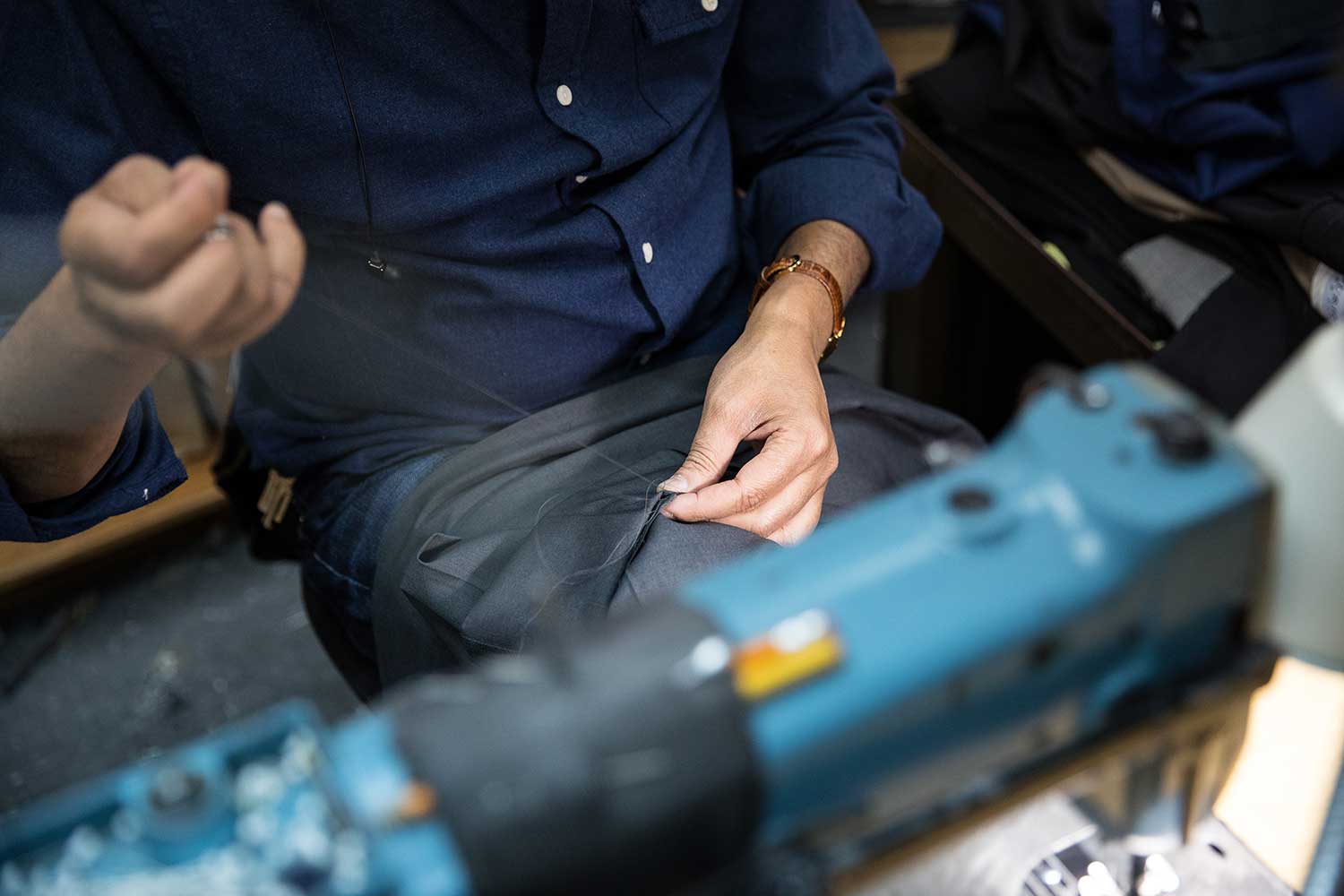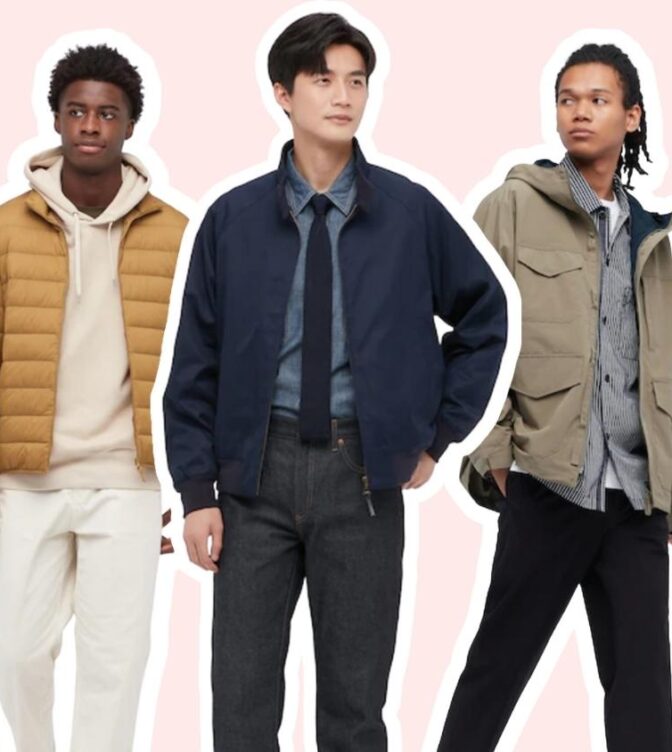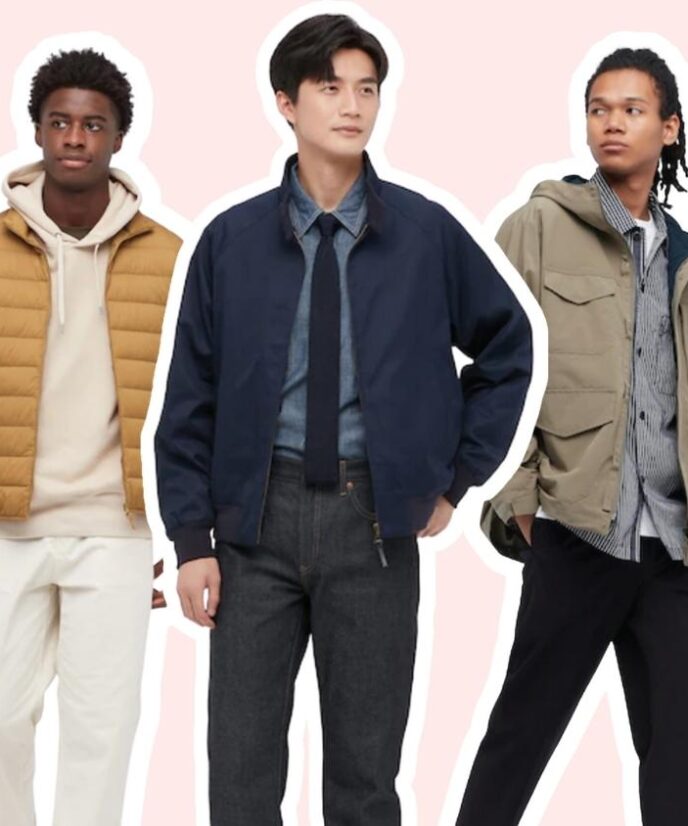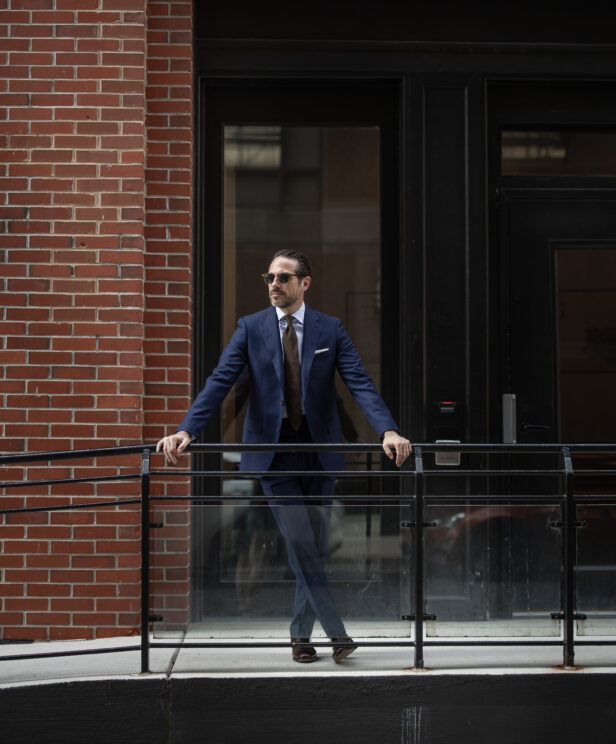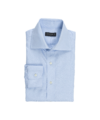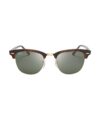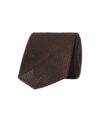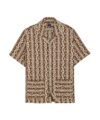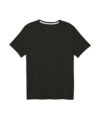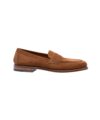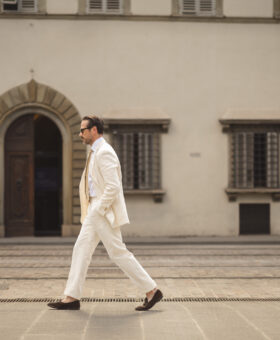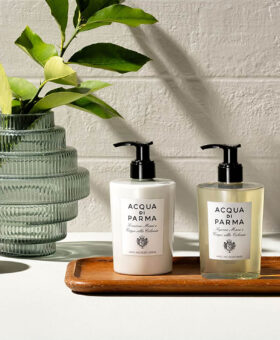

Share
Looking good is good for you
Let’s talk about sustainable fashion.
Much of the modern-day fashion industry is built on the principles of fast fashion, which is the rapid design, production, and distribution of high quantities of clothing. The problem with fast fashion is that it’s led to a large carbon footprint and a host of environmental, social, and ethical concerns.In recent years, though, many designer brands have become aware of these issues and have switched to more sustainable practices. As a result, many clothing brands – including luxury menswear brands – have been able to combat things like greenhouse gas emissions, pollution, waste, and unfair labor practices.
Brands that emphasize sustainable fashion tend to produce quality, reliable garments that are eco-friendly and ethical. By shopping sustainably, you can create (or expand upon) your unique style with a clear conscience.
What is sustainable fashion?
To fully understand what sustainable fashion is, you need to first know about fast fashion.
Fast fashion is more about speed and quantity, from the initial design and sourcing of fabrics to marketing and production, than it is about quality and sustainability. Many clothing brands try to stay ahead of ever-changing fashion trends, so they work quickly to get their clothes on the market.
While these items are often more affordable, there are several problems with the practice. For one thing, clothing production has doubled over the years, but the longevity of each item has drastically decreased. For another, many of these brands use low-quality fabrics or techniques that don’t last nearly as long as sustainable styles.
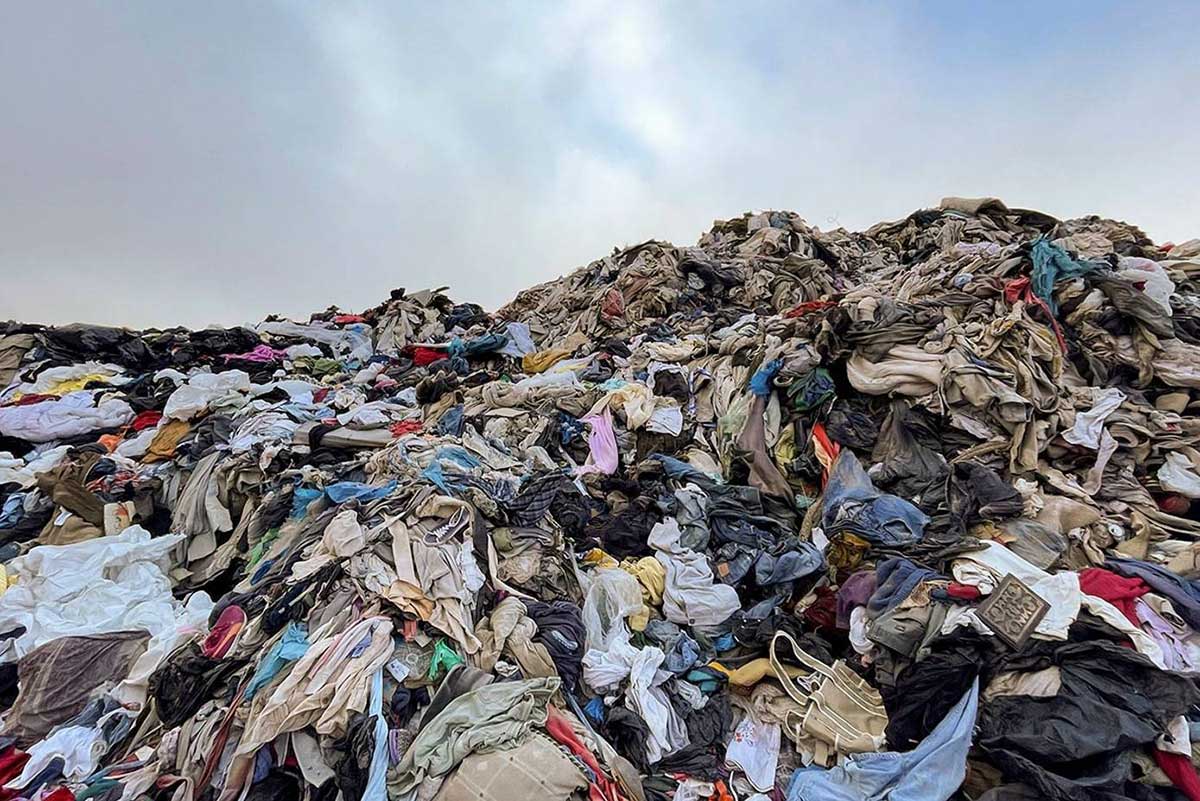
Unlike sustainable fashion, fast fashion also relies on nonrenewable resources, plastics, pesticides, insecticides, chemicals, and toxic dyes in their textiles. This leads to more carbon emission, greater air and water pollution, and microplastics (ex. nylon and polyester) in the oceans.
Some fast fashion brands also pay lower than average wages to employees or have unsafe working conditions due to the chemicals and production processes used.
Sustainable fashion, on the other hand, is quite the opposite. Although it began in the 1970s, the sustainable movement has become far more mainstream in recent years. And, unlike fast fashion, sustainable fashion takes a holistic approach to the sourcing, production, and acquisition of clothes that’s both eco-friendly and ethical.
The goal of sustainable brands is to minimize the already high carbon footprint of the fashion industry and ensure social equality and justice.
One way they do this is by using locally sourced and produced fabrics, such as cotton, wool, and hemp. These materials are biodegradable and better for the environment, people, and animals. Some brands also use recycled materials, including synthetic ones, to keep them out of landfills or the ocean.

Sustainable fashion also limits the use of harmful chemicals, energy emissions, and wasted resources. As an alternative, they often rely on renewable resources like solar energy and use eco-friendly, non-toxic dyes in their textiles. This leads to less water and air pollution and is better for the environment.
Besides this, sustainable brands often have more transparent business practices and offer safer working conditions and better wages to employees. As more designer brands adopt these ethical practices, sustainable fashion has become more of a long-term solution for the industry.
Why is sustainable fashion important?
According to the UNECE, the fashion industry is responsible for up to 10% of greenhouse gas emissions caused by humans and 20% of global wastewater. It also uses more energy than both the shipping and aviation industries combined. Fast fashion, in particular, has a reputation for using hazardous chemicals in the workplace and polluting the environment.
Without sustainable practices, the fashion industry’s carbon footprint would continue to grow. This, in turn, would result in far greater environmental problems, not to mention the various ethical and social issues that currently exist.
That’s why, in the modern era, sustainable fashion is so important.
Sustainable fashion has a largely positive impact on the environment and natural resources. Ethical designer brands often use green production techniques to reduce waste by reusing and repurposing existing materials. This saves on natural resources by instead using what’s already there.
The environmental impact doesn’t stop there. Sustainable brands also minimize the use of toxic chemicals or plastics from entering the natural environment. Due to this, production is generally much safer for the people working in textile factories, as well as for animals. Plus, as more designer brands adopt ethical practices, they’re also creating a safer, fairer environment for workers.
Besides that, sustainable clothing tends to also last a lot longer than mass-produced items. This is good for you as well since it means you won’t have to constantly buy new items to replace low-quality ones.
Ultimately, sustainable brands help bring about positive change to the way we view style and the way clothes are produced. At the same time, sustainable clothing is just as luxurious and stylish as anything else, but without the social, ethical, or ecological concerns.
How to shop sustainably & Ethical considerations

By shopping sustainably, you can help out the environment and support fair industry practices, while building a stylish wardrobe that suits your style and personality. Here are the best ways to get started:
Read up on the designer brand before purchase.
Many brands claim to be sustainable when, in reality, they’re not. Do some research into how the brand treats employees, their production processes, the materials they use, and from where they’re sourced. Check if the company’s been in the media recently for anything or if they’re making any other efforts to improve the environment or working conditions.
Stick with classic or timeless designs.
Although keeping up with the latest trends can be fun, it also means frequently swapping out clothes you already have. By sticking with tried-and-true styles, you can keep your current threads and support sustainable practices. Plus, your wallet will thank you.
Purchase biodegradable or renewable items.
Biodegradable or renewable fabrics last a long time and cause much less environmental pollution than synthetic ones. They also require less water and other resources to produce.
Buy local.
Whenever possible, purchase garments that are sourced and produced locally. This will help cut down on the global gas emissions that come with shipping. Buying local can also support economic growth in your area.
Go with recycled fabrics.
Many sustainable clothing brands use recycled materials to reduce waste in landfills or oceans. Some of these items consist of synthetic materials, such as polyester or polyurethane, which are durable as well.
Donate unused items.
Instead of throwing away older garments, consider donating them instead. You never know who might need them, after all.
Fix up old threads.
Don’t toss out articles of clothing just because they have a few loose threads or need to be refitted to your frame. Make small repairs yourself or see if a tailor or seamstress will fix it. Doing this adds to the longevity of existing items and reduces the need for new ones.
Read the labels.
The label will tell you which fabrics and dyes were used in an article’s construction. Look for eco-friendly dyes and organic or recycled materials.
Contribute to environmentally-friendly organizations.
There are many organizations out there that want to improve the world and preserve the environment for future generations. If you’re in a position to do so, give back to support their mission of sustainability.
Custom menswear as sustainable fashion
Custom menswear, or made-to-order clothing, is a great way to shop sustainably. With made-to-order, there’s minimal to no textile or energy waste involved since there’s no inventory. Not only that, but custom-tailored garments are often more unique than mass-produced items.

Besides, made-to-order items consist of higher-quality fabrics that are meant to last for years. This cuts down on waste and results in a lower cost-per-wear ratio. In other words, your upfront investment might be higher but, thanks to its exceptional quality and durability, each clothing item will more than pay for itself over time. Plus, there’s no overproduction and minimal resource consumption or waste involved.
Since each item is custom-made, there’s a lower risk to the consumer, too. That’s because the garment is already tailored to your proportions – and preferences. This also means there’s a smaller chance that you’ll need to return or discard the item.
Many designer brands produce bespoke menswear that’s sustainable, eco-conscious, and ethical. The great thing about custom clothes is that you don’t have to sacrifice style for sustainability. In fact, there are as many styles and design choices as there are preferences. Whether you’re looking for a classic three-piece suit, a brightly patterned tie, or a personalized jacket, you can get it made to wear and still shop sustainably.
FURTHER READING: 10 Ways to Build a Sustainable Menswear Wardrobe
Sustainable Fashion: The Bottom line
Since its inception, sustainable fashion has had an overwhelmingly positive effect on the environment and people.
Designer brands that follow sustainable or eco-conscious practices typically offer competitive wages and safer working conditions to employees. Moreover, they engage in cruelty-free practices and, in the case of vegan brands, offer high-quality alternatives to leather and other animal products.
Plus, sustainable fashion means less greenhouse gas emissions and fewer wasted resources. Many of these brands also primarily use biodegradable or recycled materials, which reduces waste in landfills. The textiles themselves will have minimal to no chemical treatment, as well. All of this combined helps combat the fashion industry’s carbon footprint.
Sustainable brands are constantly innovating upon the way they design, produce, and distribute goods to the people. This is true for brands offering made-to-wear items as well since many brands use ethically sourced and produced materials and have transparent practices.
Whatever you choose to wear, you should feel good about yourself while wearing it. But if you’re looking to build a style that emphasizes quality and longevity, while helping protect the environment and supporting fair labor practices, shop sustainably.
Thanks, as always, for reading.
Stylishly Yours,
Angela Mae
He Spoke Style
